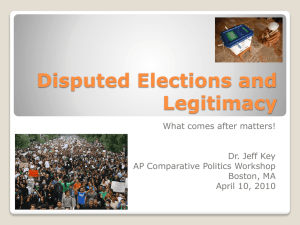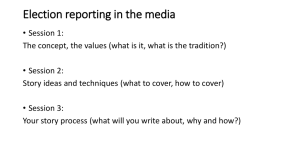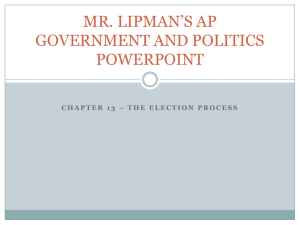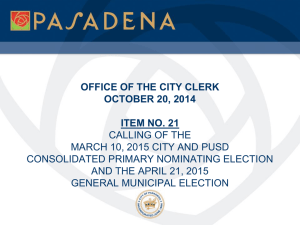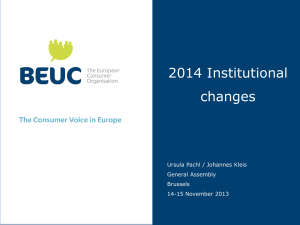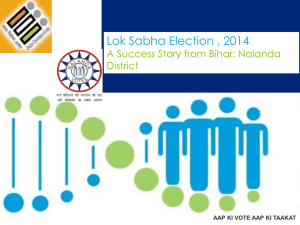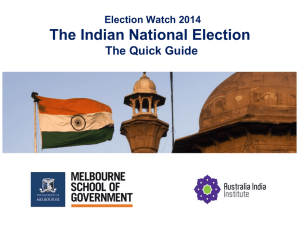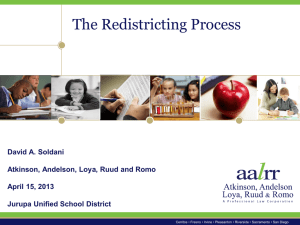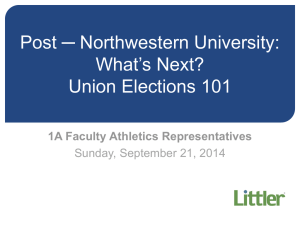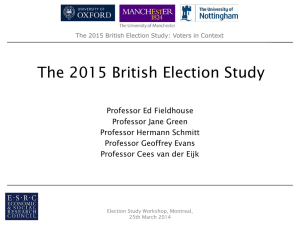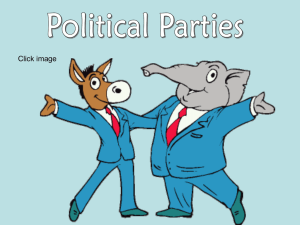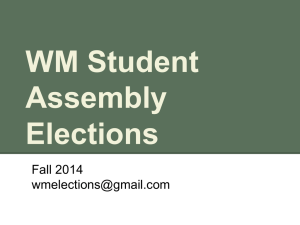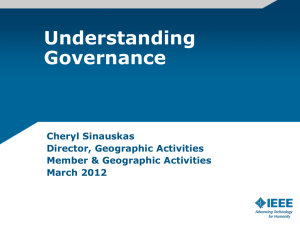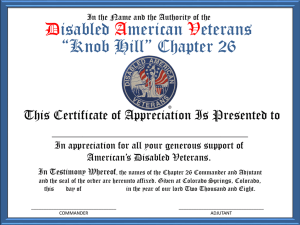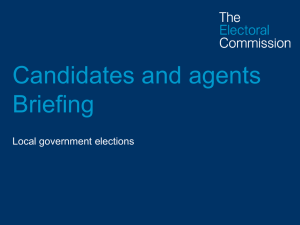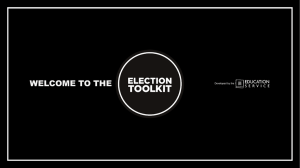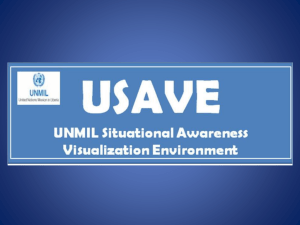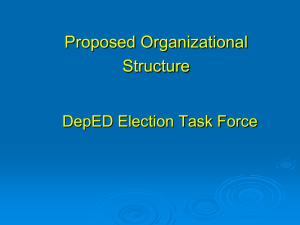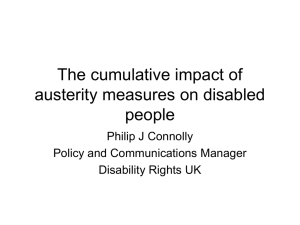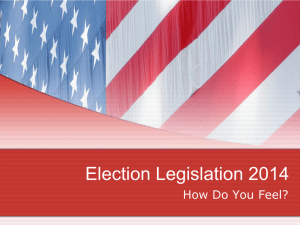Political Participation: Making Elections Accessible in India
advertisement
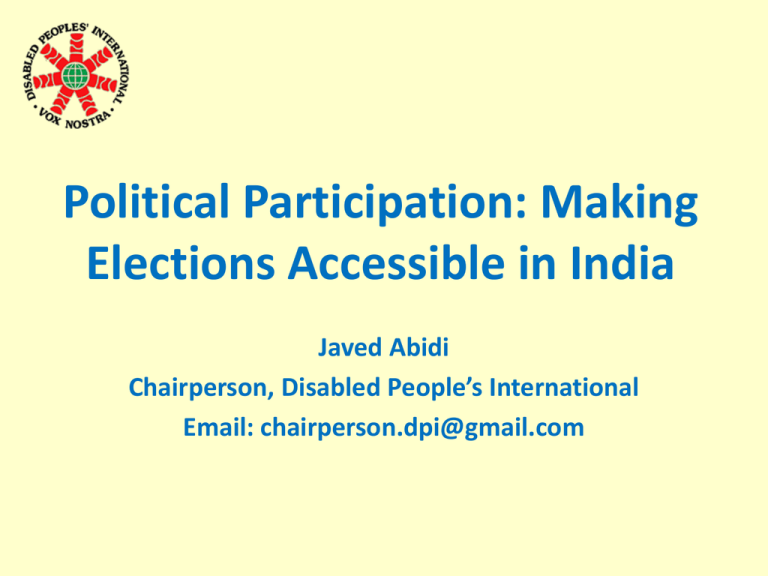
Political Participation: Making Elections Accessible in India Javed Abidi Chairperson, Disabled People’s International Email: chairperson.dpi@gmail.com Beginning India is the world’s largest democracy and home to an estimated 70-100 million people with disabilities or at least 7% of the country’s population. Yet, in a country whose political system is largely swayed by vote banks, disability was and continues to be a low priority for politicians and political parties. Prior to 2004, the election process itself was inaccessible: the polling booths were at inaccessible venues, the ballot papers were not in Braille and the electronic voting machines (EVMs) did not have a Braille strip. General Election 2004 4th General Election since the passage of the Disability Act of 1995. Disabled Rights Group (DRG), a cross-disability alliance of disabled people’s organisations, NGOs and activists working in the area of disability, wrote to the Election Commission urging them to make the polling booths accessible and removing impediments that people with disabilities face while exercising their right to vote. National Convention on the Political Rights of Disabled People National Convention on the Political Rights of Disabled People National Convention on the Political Rights of Disabled People Protests outside Election Commission Protests outside Election Commission Protests outside Election Commission Protests outside Election Commission Protests outside Election Commission Building ramps outside the Election Commission Building ramps outside the Election Commission Building ramps outside the Election Commission Building ramps outside the Election Commission Appeal to the President DRG also appealed to the then President, Dr. A.P.J. Abdul Kalam to facilitate smooth voting for the millions of disabled Indian voters. In a representation to the President, Javed Abidi, Convenor, DRG, said, "Time is running out. With every passing day, it will become that much more difficult for the nation to ensure that disabled people were not discriminated against in this election also.” A document was presented to the Election Commission outlining the problems faced by disabled voters, and the solutions to them. Problem 1: Lack of transport facility disenfranchises millions of disabled voters Solution: Government to issue directive to public transport such as buses to pay special attention to disabled voters, giving them enough time to board the buses and disembarking as close to the polling booths as possible. Problem 2: Barriers and barricades put up at the polling booths by security agencies Solution: Election Commission to issue directive to allow vehicles carrying disabled persons to go up to the polling booths. Special stickers can be issued to such vehicles. Problem 3: Polling booths themselves have steps that are difficult to negotiate Solution: Provide temporary wooden ramps at polling stations. Problem 4: Visually impaired voters cannot cast their vote in secrecy and have to take the help of someone Solution: Print numbers in Braille and stick them on the EVMs. Problem 5: Hearing impaired voters are harassed because of their invisible disability Solution: Election Commission to send a firm circular sensitizing their staff about such voters. Meeting with Election Commission Meeting with Election Commission Too little too late: Election Commission Circular Fast unto Death in protest Fast unto death Chief Justice of India takes up the issue of accessible elections Chief Justice of India takes up the issue of accessible elections Supreme Court passes interim order for accessible elections, a first in India’s history! Supreme Court passes interim order for accessible elections, a first in India’s history! Supreme Court passes interim order for accessible elections, a first in India’s history!
